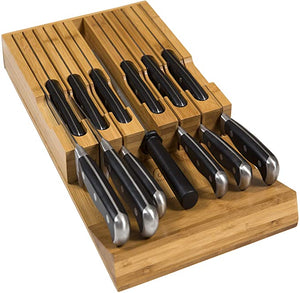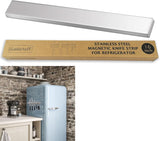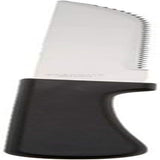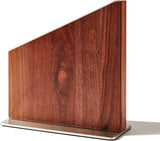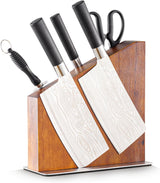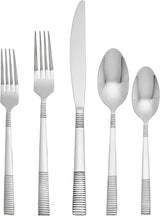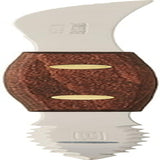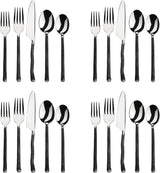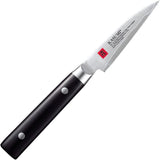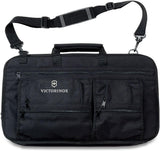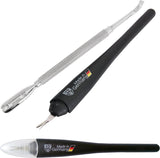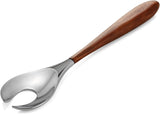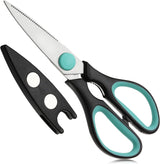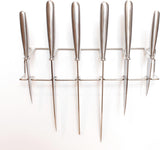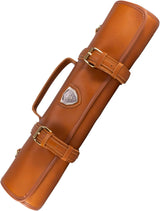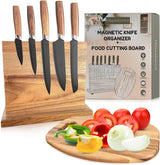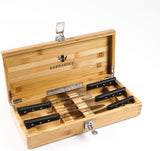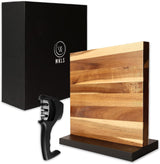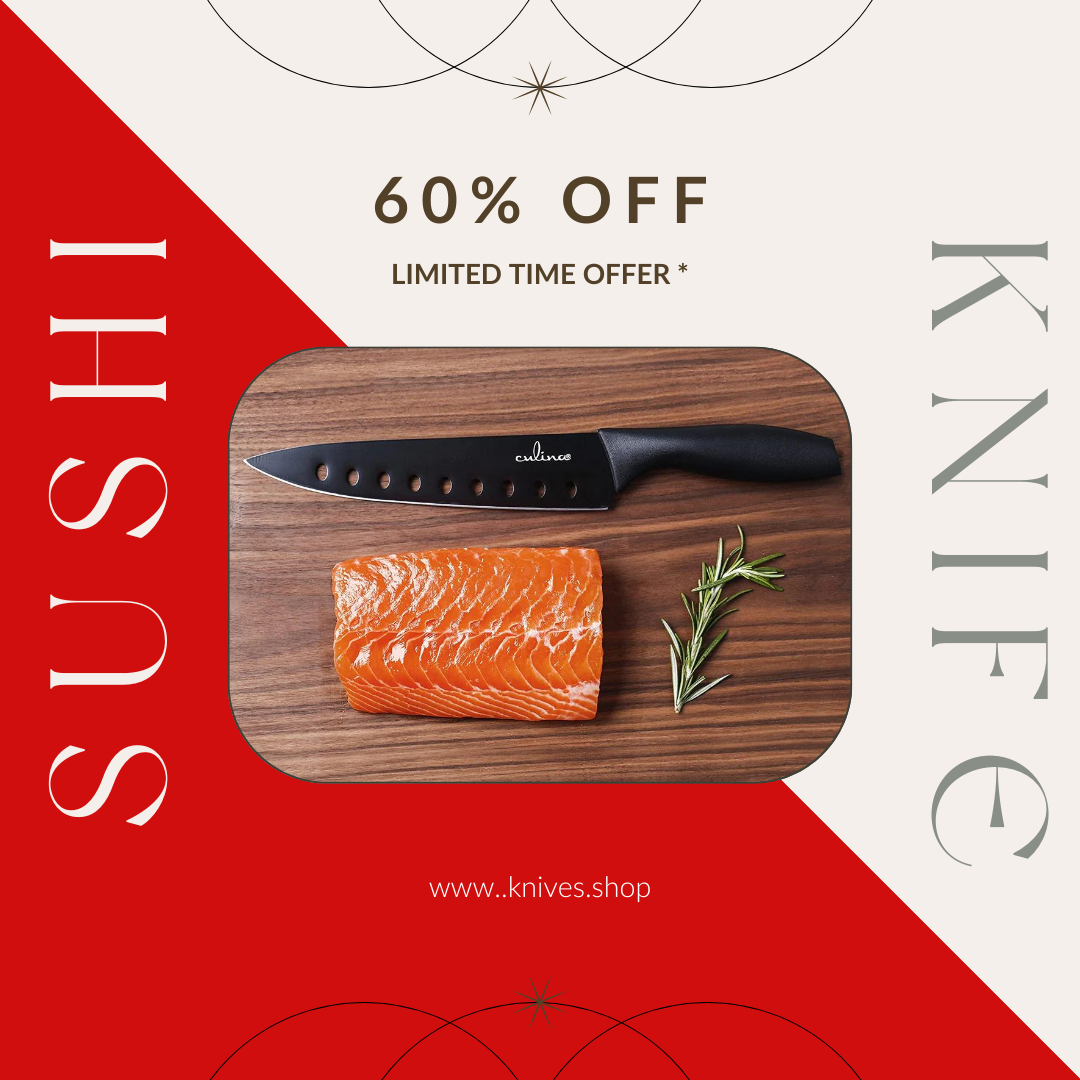Creating a chef knife is an intricate and rewarding craft that spans centuries and cultures. Whether you are a professional chef or a kitchen enthusiast, understanding how to make a chef knife can provide a deeper appreciation for this essential kitchen tool. In this article, we will discuss the detailed process of making a chef knife from scratch, focusing on the materials, techniques, and skills you need.
The process of making a chef knife involves multiple steps, each demanding precision, patience, and practice. From selecting the right steel to shaping the blade, crafting the handle, and final sharpening, every detail matters. As you delve into this guide on how to make a chef knife, you will discover the artistry involved in transforming raw materials into a functional and beautiful tool.

Gathering Your Materials and Tools
The first step in this exciting journey is gathering all the necessary materials and tools. The quality of your finished knife will largely depend on your choices at this stage.
Choosing Your Steel
The blade is the soul of the knife, and choosing the right steel is crucial. High-carbon stainless steel is a popular choice due to its balance of hardness, durability, and rust resistance. Beginners might also consider using O1 or 1095 steel, which are more forgiving materials. For more about high-carbon stainless steel, check out our article on high-carbon stainless steel.
Required Tools
Here is a list of essential tools you need to gather:
- Forge or heat source
- Anvil or heavy metal surface
- Hammer
- Tongs
- Grinder or files
- Sandpaper
- Quenching oil
- Drill or other handle attachment tools

Shaping the Blade
The shaping process involves heating, hammering, and grinding the steel to form the blade profile. This step requires a lot of patience and skill, especially if you are starting from scratch.
Heating and Hammering
Begin by heating your steel piece to a high temperature in the forge. Once it reaches a malleable state, use your hammer to start forming the basic shape of the blade. This process is called forging and usually takes several iterations of heating and hammering to achieve the desired shape.
Grinding and Filing
After forging, the blade will be rough and uneven. Use a grinder to refine the shape. Focus on creating the bevel edgesthese are the cutting edges of the knife. Files and sandpaper help in further smoothing and defining the blade's profile and bevels. For more tips on refining techniques, you can read our guide on refining stainless steel.

Heat Treatment
Heat treatment is a critical step that enhances the steel's characteristics, making it hard yet flexible. This involves two main processes: hardening and tempering.
Hardening
To harden the blade, reheat it in the forge until it reaches a red-hot state. Quickly quench it in oil to lock in the hardness. It's essential to agitate the blade in the oil during quenching to avoid warping.
Tempering
Once hardened, the steel becomes very brittle. To counter this, tempering is performed. Heat the blade again to a lower temperature (usually in an oven) and let it cool slowly. This step adds flexibility to the blade without sacrificing hardness.
Crafting the Handle
The handle not only adds to the knife's aesthetic appeal but also plays a significant role in its functionality.
Selecting Handle Material
Wood, bone, and synthetic materials like Micarta or G-10 are popular choices. Each material offers different aesthetics and feel. Choose one that complements the blade and fits comfortably in your hand. For more on selecting the right materials, explore our article on selecting the right materials.
Shaping and Attaching
Shape your chosen material to fit the tang of the blade. Ensure it is ergonomic for comfortable handling. Attach the handle using rivets or epoxy resin, ensuring it is secured tightly. Once attached, sand and polish the handle to make it smooth and comfortable.
Final Sharpening and Polishing
The final sharpening process determines how effective your knife will be in the kitchen. Use progressively finer grit stones or sandpaper to hone the edge until it is razor-sharp. Polishing the blade and handle will not only improve the appearance but also protect against corrosion. Learn more about polishing your knife in our detailed guide on polishing techniques.
Sharpening Techniques
Start with a coarse stone to set the edge and progressively move to finer stones. Maintain a consistent angle throughout the process. A stropping block with a fine abrasive compound can be used to achieve a super-fine edge.
Polishing
Polishing the blade involves buffing it with polishing compounds to achieve a mirror-like finish. It also reduces the chances of rust and makes the knife easier to clean.
FAQs
Is making a chef knife difficult?
Making a chef knife can be challenging, especially for beginners. However, with practice and the right tools, it becomes easier to achieve professional results.
How long does it take to make a chef knife?
Depending on your skill level and the complexity of the design, it can take anywhere from a few hours to a few days to complete a chef knife.
What steel is best for making a chef knife?
High-carbon stainless steel is highly recommended for its durability, hardness, and resistance to rust. O1 and 1095 steels are also good choices for beginners.
For further detailed guidance on knife-making techniques, you can check the Food Network Guide for community advice and tips.
As an Amazon Associate, I earn from qualifying purchases.
